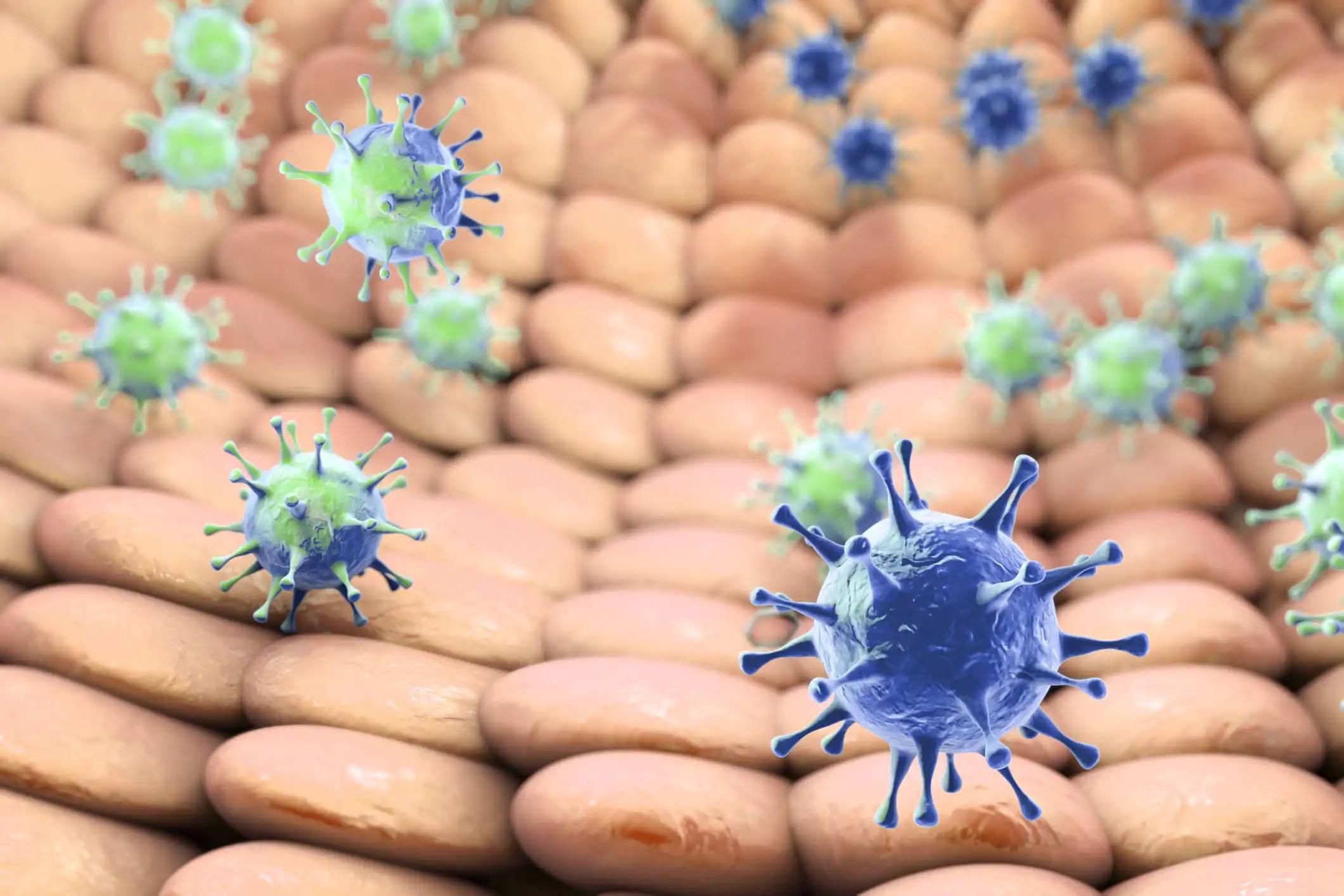KEY TAKEAWAYS
- The CHARLI phase Ib/II trial aimed to analyze the safety and efficacy of deno combined with nivo or ipi-nivo.
- The co-primary endpoints were median PFS and grade 3-4 TRAEs of interest. The secondary endpoints were ORR and OS.
- The study found that nivo-deno and ipi-nivo-deno had similar rates of serious side effects (grade 3-4 TRAEs) as nivo and ipi-nivo.
Denosumab(deno) is a drug that blocks the Receptor Activator of NF Kappa-b ligand (RANKL), a protein that helps cancer cells grow. Studies suggest that deno can make immune checkpoint inhibitors more effective by changing the activity of Treg cells and M2 macrophages.
Researchers aimed to analyze the safety and efficacy of deno combined with nivolumab (nivo) or ipilimumab (ipi)-nivo.
Patients(pts) with unresectable stage III or IV melanoma were randomly assigned to receive either nivo-deno (nivo + deno) or ipi-nivo-deno (ipilimumab + nivo + deno) as first-line therapy. The primary endpoints were median progression-free survival (PFS) and grade 3-4 treatment-related adverse events (TRAE). Secondary endpoints included objective response rate(ORR) and overall survival(OS).
The study enrolled 27 pts in Arm A (15 males, median age 67 years). Of these, 48% (13/27) were at stage IVM1c, 26% had elevated LDH, and 31% were BRAFV600 mutants. In Arm B, 24 out of 25 evaluable pts were enrolled (16 males, median age 62 years). Among them, 46% (11/24) were at stage IVM1c, 13% (3/24), 30% had elevated LDH, and 33% were BRAFV600 mutants.
The median follow-up was 30.8 months for Arm A and 24.8 months for Arm B. For Arm A, RECIST 1.1 ORR was 56% (15/27), with 15% (4/27) complete responses (CR) and 41% (11/27) partial responses (PR). In Arm B, ORR was 71% (17/24), with 25% (6/24) CR and 46% (11/24) PR. Median PFS was not reached in both arms, with 12-month PFS rates of 59% (95%CI: 43-81) for Arm A and 63% (95%CI: 46-88) for Arm B. Grade 3-4 TRAE were experienced by 11% (3/27) of pts in Arm A and 71% (17/24) in Arm B. The common TRAEs (≥10%) in Arm A were rash (52%), pruritus (30%), fatigue (26%), nausea (19%), diarrhea/colitis (15%), arthralgia (11%), vitiligo (11%), and hyperthyroidism (11%). In Arm B, frequent TRAEs included rash (63%), fatigue (54%), diarrhea/colitis (54%), hepatitis (46%), hyperthyroidism (29%), pneumonitis (29%), pruritus (25%), increased GGT (17%), hypothyroidism (17%), and hypocalcemia (13%). Grade 3-4 TRAEs in Arm B comprised diarrhea/colitis (25%), pneumonitis (17%), and hepatitis (13%).
The study found that nivo-deno and ipi-nivo-deno had similar rates of serious side effects (grade 3-4 TRAEs) as nivo and ipi-nivo. Their median PFS, 12-month PFS, and ORR were promising compared to CHECKMATE 067.
Source: https://ascopubs.org/doi/abs/10.1200/JCO.2023.41.16_suppl.9525
Clinical Trial: https://classic.clinicaltrials.gov/ct2/show/NCT03161756
Peter Kar Han Lau, Samuel John Harris, Melissa A. Eastgate, Damien Kee, Andrew Mant, Louise M. Nott, Craig Gedye, Andrisha Jade Inderjeeth, Craig Underhill, Alison Margaret Weppler, Roslyn Wallace, Belinda Lee, George Au-Yeung, Narelle Williams, Daniel Ariza Ospino, Louise Gonzales, Mark J. Shackleton, Serigne N. Lo, Grant A. McArthur, and Shahneen Sandhu. DOI: 10.1200/JCO.2023.41.16_suppl.9525 Journal of Clinical Oncology 41, no. 16_suppl (June 01, 2023) 9525-9525.



